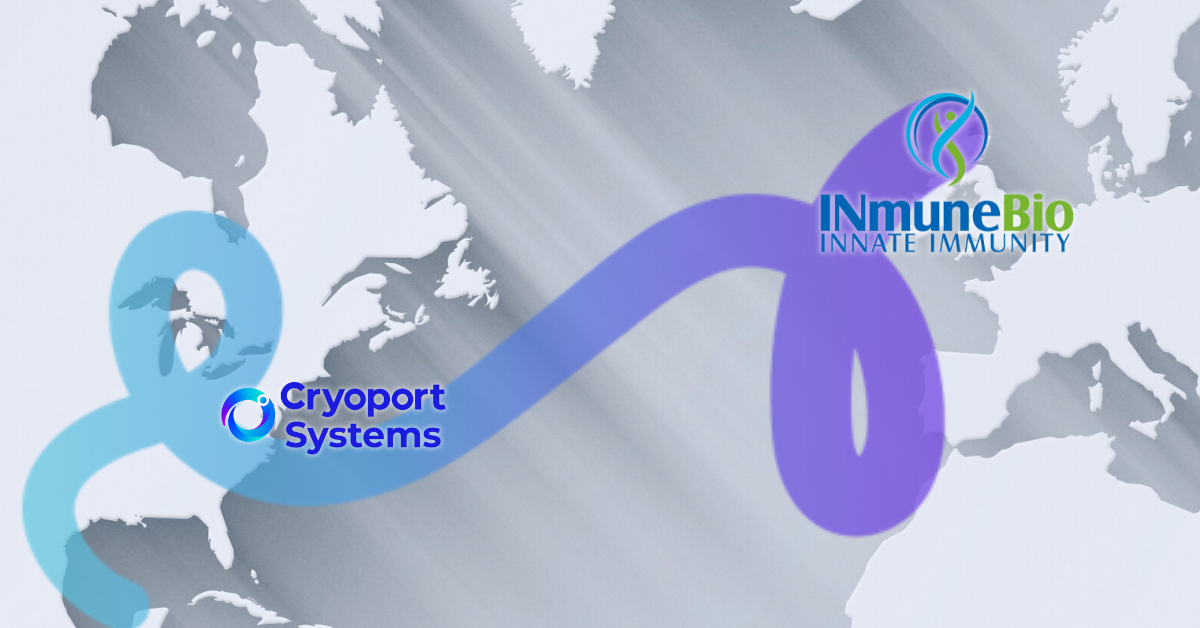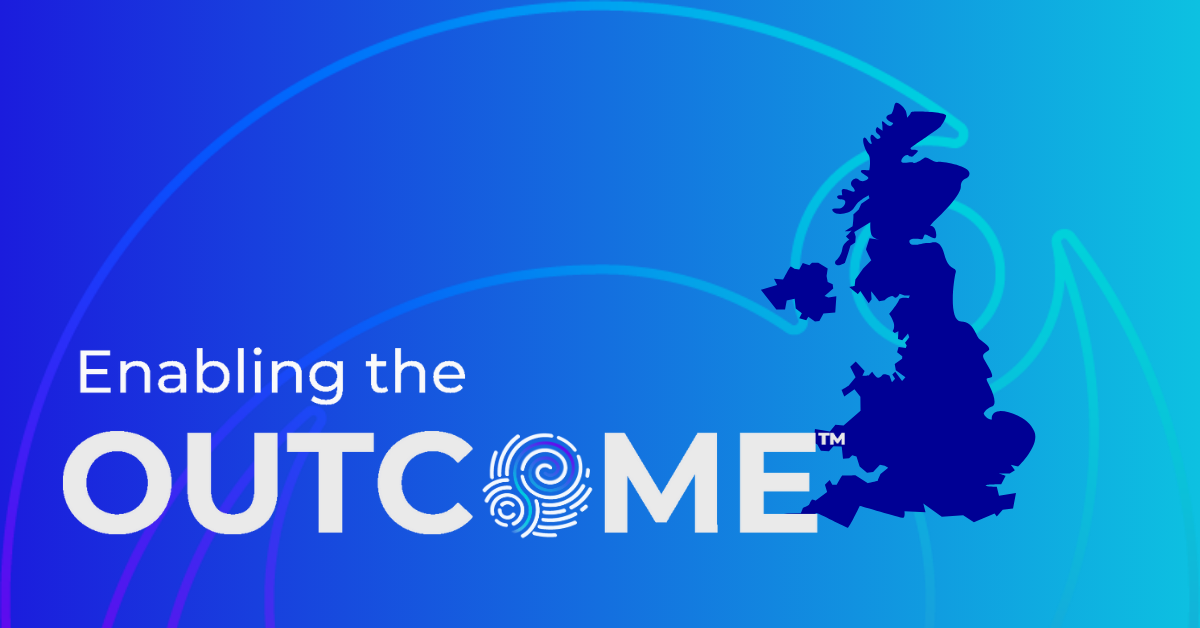
The Cryoport Way: A Leap Forward in Standardizing the Regenerative Medicine Supply Chain
As cell and gene therapies are rapidly moving beyond clinical trials and into commercial markets, the safe and effective delivery of these life-saving treatments needs to be a priority for advanced therapy developers. Can the same supply chain solutions, processes, and systems used during the clinical trial phases handle the increased volume of a commercial therapy on a global basis? The significant growth and rapid innovation of the regenerative medicine industry increases the complexities and risks associated with transporting therapies when shipping in a non-compliant environment. This places unique pressure on supply chain providers to standardize their processes and become far more agile, all while maintaining operational excellence in a zero-failure environment.
Pharmaceutical companies are required to comply with stringent national and international standards, regulations, and laws when developing and manufacturing their products. However, transportation companies, who are a critical part of distributing cell and gene therapies, are not required to comply with those same rules, which put the products at potential and significant risk. That is why the International Organization of Standardization (ISO) created ISO 21973:2020, titled “General Requirements for Transportation of Cells for Therapeutic Use.” This first-of-its-kind standard is a significant step forward in ensuring that these irreplaceable therapies are always transported consistently, with an emphasis on compliance, validation, decontamination, traceability, and quality management. It is imperative for transportation service providers and therapy manufacturers to comply with these standards in order to ensure cell quality, safety, and efficacy during the transportation process. Cryoport is proud to have been an industry leader in the development of ISO 21973, and our involvement in defining the standard has ensured that we meet all the requirements of the guidance, something that many other transportation organizations cannot claim.
- Ask your transportation solution provider the following questions:
- Is there complete traceability of shipper history and performance?
- Are human and animal-derived products transported in distinct containers?
- Once the shipper returns to the facility, is there a validated cleaning and disinfection process?
- Is the shipper requalified and validated after each use to ensure maximum hold time performance and liquid nitrogen capacity for the subsequent use?
- Does the shipper have the capability to monitor shipping data in near real-time throughout the entire transportation process?
If any of the answers above were no, it is likely that your current transportation solution provider does not adhere to the standard requirements for the transportation of cell and gene therapies. Can you trust that your irreplaceable therapies are in safe hands and handled with precision and care? Mitigating risk in the supply chain with a zero-failure environment will become crucial in delivering these drugs on time, in the best condition, to the most important destination – the waiting patient.
To learn more about ISO 21973 requirements and how your organization can prepare for clinical and commercial distribution strategies of cell and gene therapies, download our free white paper.


